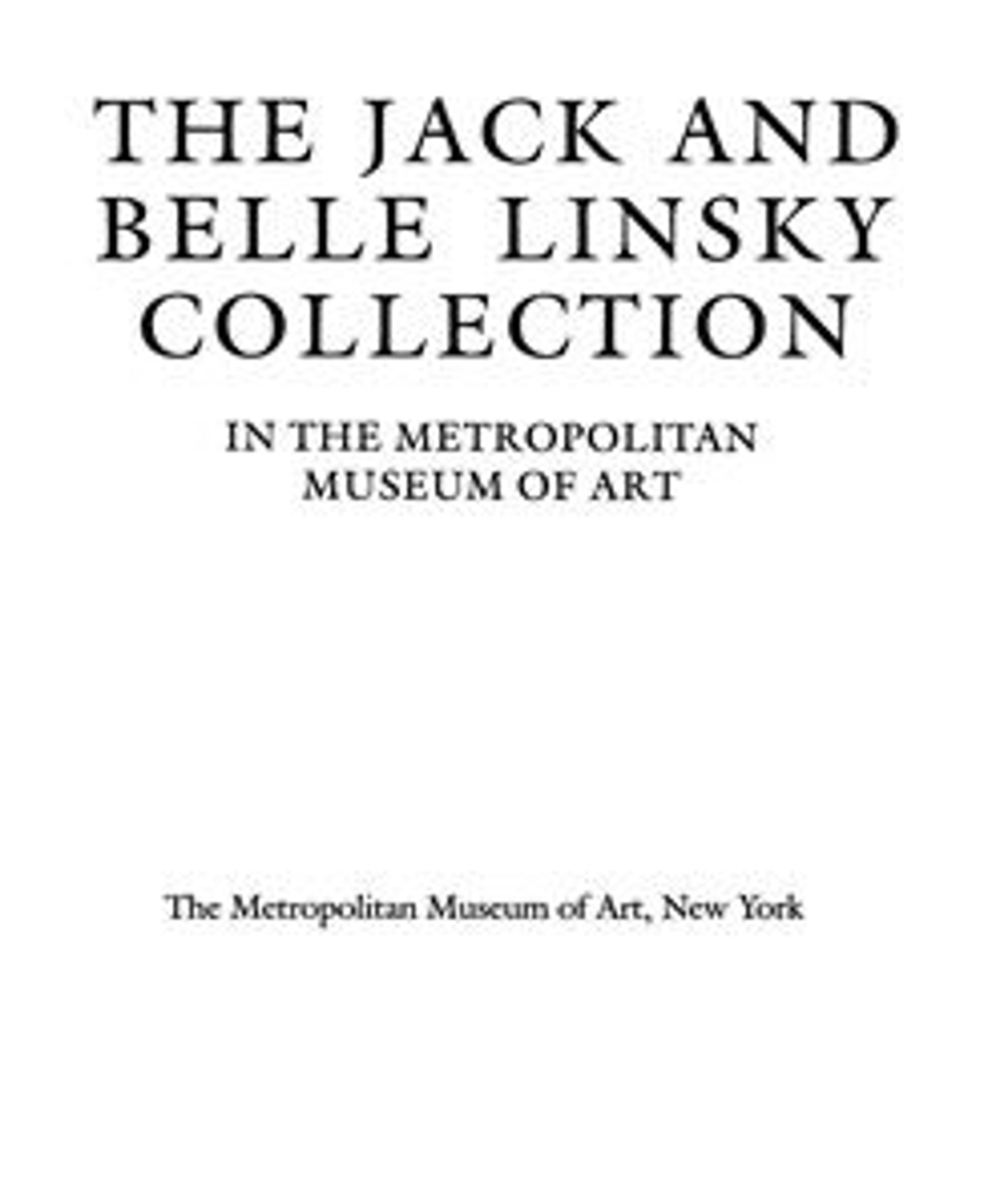Pendant in the form of a seated cat
The tiny animal of this pendant has the expectant look of an impatient house cat awaiting its bowl of cream. A design for a comparable jewel with a seated but somewhat more placid cat appears in a drawing by Gabriell Gomar, dated 1603, from the Llibres de Passanties, a set of volumes in the Barcelona Archivo Histórico de la Ciudad, containing the master drawings of applicants for admission to the Barcelona goldsmiths’ guild. The drawing was illustrated by Priscilla E. Muller, who noted that similar jewels had previously been considered to be German.[1] From the evidence provided by the design, however, Yvonne Hackenbroch has attributed this jewel to a Spanish goldsmith working about 1580 to 1590.
The Spanish design shows the cat seated on a cushion-like base decorated with ornamental scrolling. The base of this jewel consists of an oval plinth with openwork guilloche-patterned sides. The underside, possibly a later replacement, is decorated with enameled birds and foliage that owe their inspiration to the enamels associated with such northern centers as Augsburg and Prague.
Footnotes:
[1] P. E. Muller, Jewels in Spain, 1500–1800, New York, 1972, p. 94, fig. 149.
[Clare Vincent, The Jack and Belle Linsky Collection in the Metropolitan Museum of Art, New York, 1984, pp. 181–82, no. 98]
The Spanish design shows the cat seated on a cushion-like base decorated with ornamental scrolling. The base of this jewel consists of an oval plinth with openwork guilloche-patterned sides. The underside, possibly a later replacement, is decorated with enameled birds and foliage that owe their inspiration to the enamels associated with such northern centers as Augsburg and Prague.
Footnotes:
[1] P. E. Muller, Jewels in Spain, 1500–1800, New York, 1972, p. 94, fig. 149.
[Clare Vincent, The Jack and Belle Linsky Collection in the Metropolitan Museum of Art, New York, 1984, pp. 181–82, no. 98]
Artwork Details
- Title: Pendant in the form of a seated cat
- Date: late 16th–early 17th century
- Culture: probably Spanish
- Medium: Baroque pearl with enameled gold mounts and with pendant pearls
- Dimensions: Height: 2 1/16 in. (5.2 cm)
- Classifications: Jewelry, Metalwork-Gold and Platinum
- Credit Line: The Jack and Belle Linsky Collection, 1982
- Object Number: 1982.60.391
- Curatorial Department: European Sculpture and Decorative Arts
More Artwork
Research Resources
The Met provides unparalleled resources for research and welcomes an international community of students and scholars. The Met's Open Access API is where creators and researchers can connect to the The Met collection. Open Access data and public domain images are available for unrestricted commercial and noncommercial use without permission or fee.
To request images under copyright and other restrictions, please use this Image Request form.
Feedback
We continue to research and examine historical and cultural context for objects in The Met collection. If you have comments or questions about this object record, please complete and submit this form. The Museum looks forward to receiving your comments.
